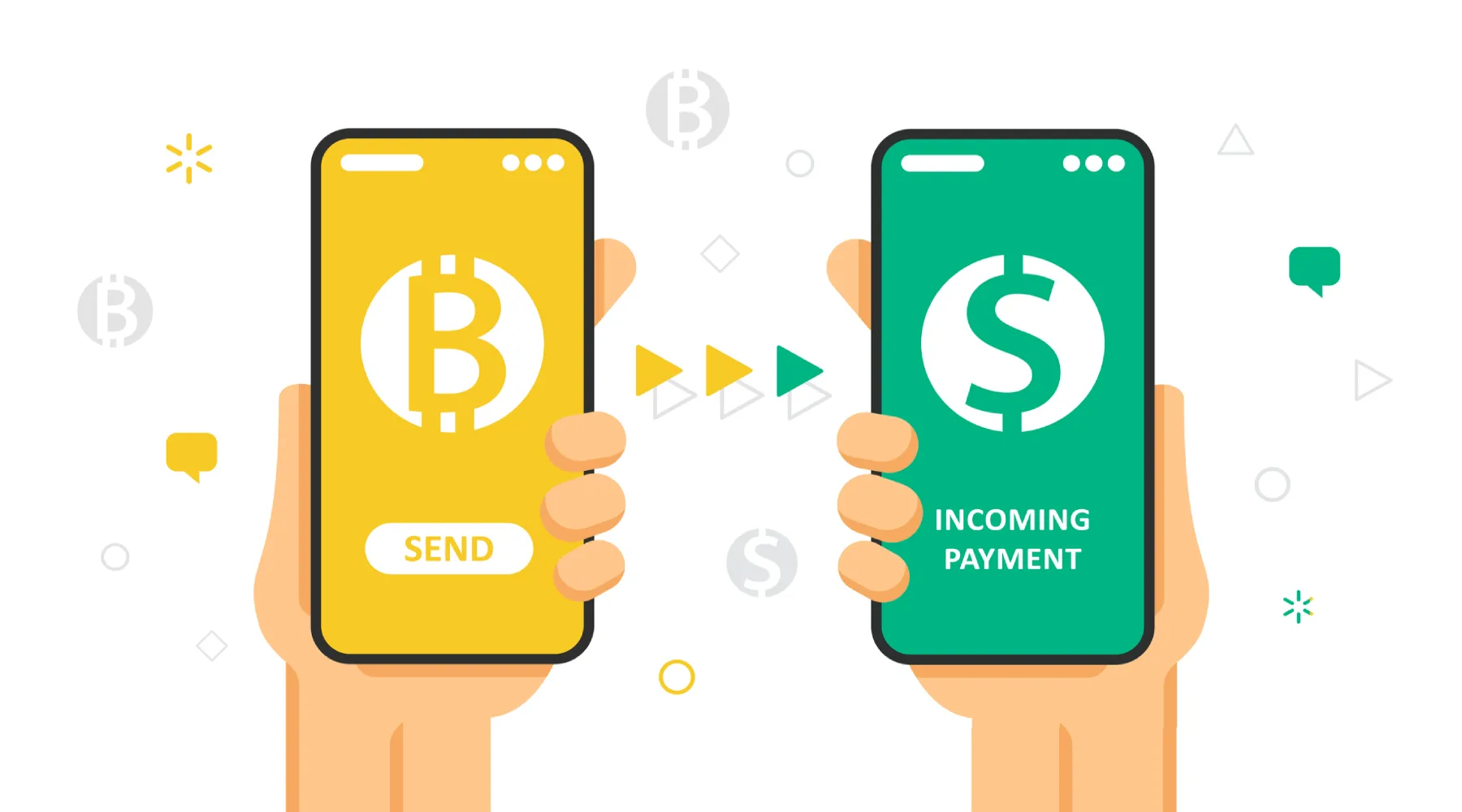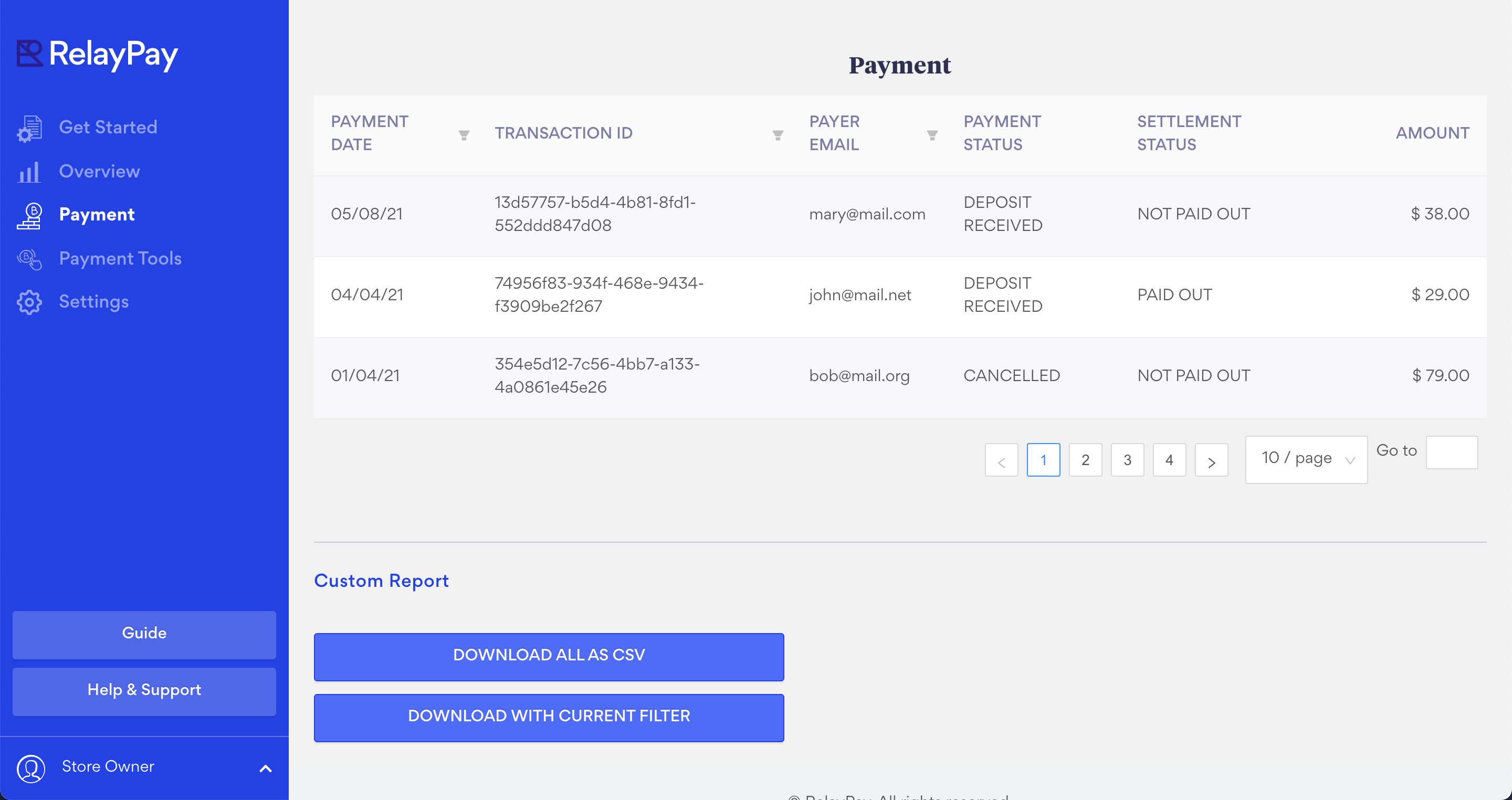5 ways to supercharge your online sales

Ecommerce is booming in Australia. Here are a few things which could send your online sales, and revenue, skyrocketing.

 Sponsored by RelayPay. Let your customers pay in cryptocurrency with seamless online checkouts. Accept payments and settle in AUD with zero price volatility. Easy to integrate - with built-in fraud protection.
Sponsored by RelayPay. Let your customers pay in cryptocurrency with seamless online checkouts. Accept payments and settle in AUD with zero price volatility. Easy to integrate - with built-in fraud protection.
Australians love shopping online. Unless you're doing everything you can to cater to them, you could be missing out on a major money-making opportunity.
How major? Well, in the 12 months leading up to 30 September 2021, Aussies made 27% more online purchases compared to the previous year - according to Australia Post's most recent eCommerce update.
Changing shopping habits were even more noticeable in NSW, where online purchases grew over 107% year on year. Yes, really.
Clearly, tapping into this trend could pay off for Australian businesses - but what's the best way to do it? We reached out to the experts to see what they had to say about increasing online revenue and which strategies often go overlooked.
1. Accept multiple payment methods
User experience should be front of mind for any ecommerce business owner, but payment options often slip through the cracks. And it could be costing you money.
A survey from market-research firm YouGov found that 50% of customers abandoned their cart when their preferred payment method wasn't available.
Not only that, but accepting multiple payment options can open you up to new markets. Different regions, demographics, and even societal groups have unique preferences.
For example, lower-earners may be looking for buy now pay later options while tech-savvy shoppers may be searching for ways to spend their crypto. If you cater to them, you could find yourself appealing to a whole new customer base.
Blake Smith is a digital marketing consultant based in Sydney, he told Finder that businesses should also showcase the various payment methods they accept.
"Shopify does this automatically by showing the accepted payment methods in the website footer. Other CMS platforms may need to add them manually," he said.
"Adding an SVG version of the payment method icon is the best way to ensure it doesn't impact your website load time as slow websites get less enquiries. You can also use some code in the back-end of your website to tell search engines what payment method you accept."
This specific code is called Schema markup and you'll want to use a JSON-LD schema generator. There are a few online but Blake pointed to this one as his favourite.
Pioneer a new form of online payment with RelayPay. Accept crypto from anyone, anywhere and settle in AUD with zero price volatility. T&Cs apply.
2. Accept crypto as payment
Now this one is a bit of an extension from the last tip but it deserves its own time in the spotlight since lots of business owners overlook crypto as a viable payment option on their websites.
Although it may be controversial, there's no denying crypto is a major form of currency either used or held by millions of Australians. Don't believe me? Survey data from Finder shows that, at the beginning of 2021, 17% of Aussies owned some cryptocurrency. That's more than 4 million of us.
Janty Mohammed, director of the Australian Institute of Marketing Services, said businesses that accept crypto will be increasing their appeal to digitally savvy shoppers, who are most typically millennials.
"Millennials, who are not only digitally savvy but are also crypto investors and users, are actively looking for ways to use crypto in mainstream ways," he told Finder.
"Millennials are also fast becoming the biggest online shopper cohort in the world. Showcasing this as part of your business's services shows you are in touch with the needs of shoppers and progressive in your business thinking."
There are further benefits to businesses too. Primarily, transactions are final. That means no unfair chargebacks which have become the bane of many small business owners' lives.
Blockchain technology also verifies that funds are available before the transaction is complete, so customers can only buy your products or services if they have enough money on hand.
For example, RelayPay works as middleman between buyers and sellers, accepting payment in cryptocurrency and then paying sellers in traditional fiat currency. RelayPay Magento or Woocommerce plugins can be integrated into your e-commerce platform or, if you don't have an e-commerce website but still want to accept crypto payments, you can use a RelayPay Hosted Solution. Salesforce integration is also on the cards for the near future.
The platform was also recognised as a finalist for "Best Innovation in Digital Currencies" in Finder's 2021 Innovation Awards.

Merchants can track payments through their customised RelayPay dashboard. Image: Supplied
3. Explore partnerships
Ecommerce is easily one of the most competitive markets out there and businesses have to work hard to make sure they stay relevant.
One way of doing that is by building relationships and partnerships with other businesses. This is a great way to gain more exposure, or exposure to new markets, while offering a unique product or service. The best bit? They don't necessarily have to be that expensive.
"Partnerships are often the lowest-form of investment for customer growth, as they are usually based on a revenue share or success fee model for the partner," said Sharon Melamed, founder and CEO of Matchboard.
"Seriously brainstorm about the sort of partnerships you could form," she added.

4. Do keyword research
The vast majority of ecommerce sites will be dipping their toes into SEO at the very least and doing solid keyword research is a key part in getting SEO right.
"In order to figure out what you should try and rank for, you need to figure out what people are actually searching for," said SEO specialist Hamish Pearsall. "Use Google Ads Keyword Planner – it's free – to research and get accurate data. Figure out what your main keywords are, then use them throughout the entire site."
Once you have your target keywords, it's time to use them. Focus on meta titles and meta descriptions, which are the results you see following a Google search, as well as headers, subheaders and images.
"If you have a WordPress site and you want to give this a crack yourself, use a free plugin like RankMath or Yoast," suggested Pearsall.

5. Optimise your website for mobile
SEO isn't the only type of optimisation small businesses need to take into account, they also need to optimise their websites for mobile use.
According to Australia Post's 2020 eCommerce Industry Report, a big proportion of online purchases are made via mobile devices. The report found that, across all industries surveyed, between 60% and 70% of shoppers browsed on mobile.
Not only that, but Google favours mobile-friendly websites. According to its own data, half of all Google searches come from a mobile device so mobile-friendly websites are shown higher in the search results. There's endless motivation to get your website set up to run smoothly on mobile. Unfortunately, a lot of small businesses don't.

